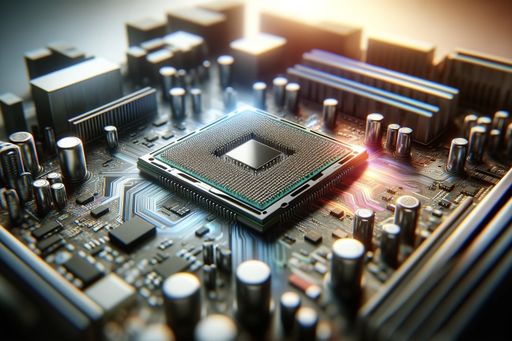Top Emerging 5G and Edge Computing Innovations to Watch Out for Now
With low latency and high speeds, edge computing and 5G could potentially serve as the locus of innovation for organizations.

Lightning-fast speeds
Edge and 5G computing have been promising transformative computing for a number of years, but it's only lately that compelling and viable use cases have been emerging, pushing these technology sets into the mainstream.
The latest data from the Global Mobile Suppliers Association shows there are at least 1,650 commercially available 5G devices from 238 manufacturers, rising at a clip of 50% a year. Such devices gather, transmit, and process data across a wide range of systems, from aircraft to automobiles to factory floors -- and more.
Now, with the low latency and high speeds delivered through 5G technology -- and eventually, 6G -- the edge will serve as a new locus of innovation for organizations.
Cutting-edge use cases
Smart cities: High-speed edge enables cities to monitor and manage traffic, control pollution, and even prevent crime. It also allows for better monitoring of air quality and real-time access to events within communities.
Autonomous vehicles: 5G enables autonomous vehicles to communicate with each other and other connected parts of the transportation grid, providing real-time information on the status of deliveries and fleet management.
Industrial Internet of Things (IIoT): Edge and 5G devices can play a role in measuring the efficiency of factory machines, environmental factors that affect operation, and allow precise monitoring of costs for manufacturing-as-a-service scenarios.
Digital twins: Digital twins allow users to understand and predict changes in how people, products, and processes interact. They can be used reactively to pinpoint inefficiencies or proactively for conducting what-if scenarios in production processes.
Extended reality (XR): XR technologies like virtual and augmented reality have value in sectors like construction and manufacturing, aiding workers in maintenance, repair, and training. XR applications are experienced through a headset, allowing technicians to conduct maintenance on equipment remotely.
Enabling the edge
Adjacent technologies such as AI, microprocessors, and hybrid cloud are opening doors widely to edge and 5G innovation. Hybrid cloud architectures have allowed the mixed usage of cloud and edge resources, while edge computing brings computing closer to where it's needed, reducing the time-consuming transport of data between cloud data centers and cellular towers. Cloud-supported edge allows software upgrades of the 5G stack, creating new applications that can be seamlessly integrated.
The growth of edge and 5G technologies will see accelerated adoption, with cloud services reducing the costs of procuring advanced 5G hardware and enabling easy software upgrades and new application integrations. General-purpose compute with 5G base stations has the potential to create a similar effect as the softwarization of the phone, where an app store with millions of software solutions could customize any given phone.
The impact of 5G and the edge is not limited to a single industry. In manufacturing, it drives predictive maintenance, modular factory approaches, and enables manufacturing as a service. In healthcare, 5G enables real-time monitoring of patient vitals and remote communication between primary care physicians and elderly patients.
What to expect for 6G
The next phase of wireless development will be seen within 6G technology, which is expected to be developed and rolled out within the next seven years. 6G aims to provide immersive experiences, hyper-connections, and hyper low latency services by integrating communication and artificial intelligence, as well as communication and sensing. It will enable wide area multi-dimensional sensing, allowing for spatial information about connected and unconnected objects, movements, and surroundings.
Samsung Electronics has outlined the concepts behind 6G and introduced the '6G Framework.' The final approval by the International Telecommunications Union (ITU) is expected by the end of the year.



